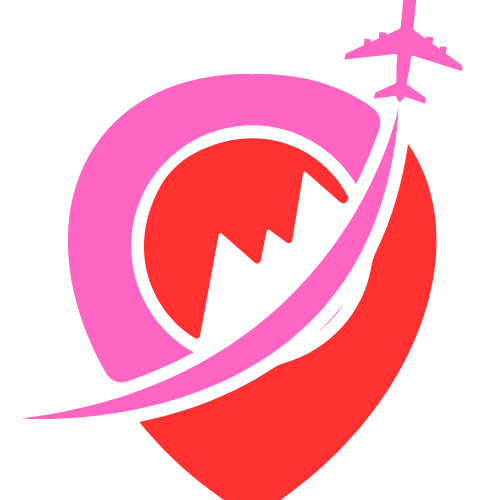ADCs are extremely powerful biological medications made up of antibodies that chemically link to a cytotoxic effector molecule and target tumors. They enable sensitive bifurcation between healthy and diseased tissues and tie cytotoxic anticancer drugs to monoclonal antibodies (mAb) to deliver them to damaged cells. Compared to conventional chemotherapy, bioactive chemicals help to increase the ability of mAb to kill cells, improve drug tolerance, and reduce systemic exposure.
The market worth of antibody drug conjugates in 2021 was USD 4.00 billion, and it will be worth USD 13.13 billion by 2030, growing at a 14.12% CAGR during the forecast period.
The market is expanding due to the prevalence of cancer rising globally as a result of sedentary lives, an increase in frequent smokers and drinkers, and sedentary lifestyles.
Market Dynamics
Drivers
Antibody-drug conjugates are generally utilized in cancer treatment, designed to target just cancer cells while leaving healthy cells alone. According to Eurostat, about 1.2 million deaths in Europe were caused by cancer, accounting for 26% of all fatalities in the continent. Breast cancer is the second most frequent type of cancer in women in the US, and it causes close to 42,000 deaths yearly, according to the CDC. As a result, the demand for antibody-drug conjugates (or ADCs) will increase along with the global rise in cancer diagnoses.
According to UN figures, the proportion of individuals over 65 in the world’s population will increase from 9.3% in 2020 to 16.0% in 2050. The growth in the average age of the population is due to improved awareness of healthy behaviors and lifestyles embraced by the populace.
Restraints
To obtain FDA approval to launch a novel prescription drug, a pharmaceutical company must follow a five-step process that includes discovery/concept, preclinical research, clinical research, FDA review, and FDA post-market safety monitoring. The FDA approval procedure is complicated and time-consuming for pharmaceuticals (9 to 12 years) and devices, according to the FDA Review Project (7 years).
Opportunity
Senior citizens are more likely to develop certain cancers. Breast and colon cancer are two of the most prevalent malignancies; both can be easily recognized in their early stages and treated. Detecting some tumors, including lung cancer, is more difficult, and their treatment can be more difficult and important. The demand for ADCs is projected to increase as the elderly population grows.
Market Segmentation
Application Insights
Breast cancer held the largest position in the market in 2021. It is due to expanding female breast cancer cases, increased patient awareness, technological breakthroughs, and increased research and clinical trials. The Food and Drug Administration’s data page states that 3 out of 12 authorized ADCs, or the majority (25%), was approved for breast cancer treatment.
Technology Insights
In 2021, the cleavable linker segment held the largest revenue share. Cleavable linkers are gaining popularity due to increased awareness of plasma stability, a wider therapeutic window, and superior stability and tolerability. Non-cleavable linkers are distinguished by greater circulating stability and decreased off-target action due to a diminished “bystander effect”—the death of antigen-negative cells. Cleavable linkers, on the other hand, are preferred because of their adaptability to various applications and capacity to take advantage of various mechanisms of action.
Regional Insights
In terms of revenue, North America ruled the market in 2021. The main causes of the region’s dominance are the region’s well-established research facilities for the creation of novel ADCs, rising per capita healthcare costs, and rising cancer prevalence. According to projections from the American Cancer Society, there will be 1.9 million new cases of cancer and 609,360 deaths in the United States by 2022. The region’s recent ADC certification is anticipated to fuel market expansion.
Asia Pacific market will grow at the fastest rate with an 18.7% CAGR during the forecast period. The growth of this region is due to the approval of new ADCs.
Key Players
- Pfizer, Inc.
- AstraZeneca
- Takeda Pharmaceutical Company Ltd.
- Hoffmann-La Roche Ltd.
- Gilead Sciences, Inc.
- Seagen, Inc.
- Daiichi Sankyo Company Ltd.
- Seagen, Inc.
- AstellasPharma
- GlaxoSmithKline Plc
- ADC Therapeutics
The market worth of antibody drug conjugates in 2021 was USD 4.00 billion, and it will be worth USD 13.13 billion by 2030, growing at a 14.12% CAGR during the forecast period. Increased cancer incidence rates worldwide, technological developments in medical technology, and an increase in the elderly population are all contributing factors to the market growth for antibody-drug conjugates.


